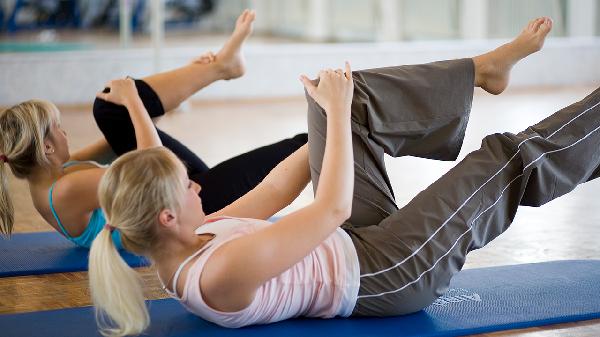If you're wondering how much you should slow down on your easy runs, the answer isn't a one-size-fits-all number. But as a coach, I recommend keeping your easy pace at least a minute per mile slower than your goal race pace. For example, if you're aiming for an 8-minute mile in a marathon, your easy runs should hover around 9 minutes per mile or slower. And honestly? Many runners—myself included—go even easier than that.
Why Slowing Down Actually Helps You Speed Up
It might sound counterintuitive, but running slower on your easy days is one of the best ways to get faster. When you push too hard on recovery runs, you’re not giving your body the chance to rebuild and adapt. Instead, you’re just adding fatigue on top of fatigue, which can lead to burnout or injury. Easy runs should feel comfortable—like you could chat with a friend without gasping for air. If you’re struggling to hold a conversation, you’re going too fast. And if you’re taking walk breaks just to catch your breath? That’s a clear sign to ease up even more.
The Magic of Speed Workouts
If you're new to running, you’ll likely see your pace drop just from logging miles, even if they’re all at an easy effort. But eventually, progress will stall. That’s when structured speedwork becomes essential. The key is balance—sandwiching hard efforts between a proper warm-up and cool-down. Ideally, you’d jog 10 to 30 minutes before and after, but if time is tight, prioritize the warm-up. Looser muscles mean better performance and fewer injuries.
Start with fartleks—Swedish for "speed play"—which are unstructured bursts of faster running mixed with recovery jogs. Try running hard for one to two minutes, then easy for one to two minutes, repeating 10 to 20 times. Once you’re comfortable, graduate to longer intervals like 400-meter or mile repeats. And if you can, do these on a track—the rubberized surface is gentler on your joints than pavement.
The Art of the Recovery Interval
One of the biggest mistakes runners make? Going too fast on recovery intervals. These should be slow—like, really slow. We’re talking an 11- to 13-minute mile pace or even slower. If you’re not recovering fully between hard efforts, you won’t be able to hit your target paces later in the workout. Plus, learning to differentiate between "push pace" and "recovery pace" helps you race smarter. You’ll know when to hold back and when you’ve got more to give.
GPS Watches: Helpful or Harmful?
Some coaches warn against obsessing over GPS data, and they’re not wrong—constantly chasing faster splits can lead to burnout. But a good running watch (like a Garmin or COROS) can be a game-changer. It keeps you honest about your mileage (critical for building endurance) and ensures you’re hitting the right paces—especially those easy recovery runs that most people run too fast. Just don’t let the numbers dictate every move.
Rest Is Not the Enemy
If something hurts, stop. Running through pain is a rookie mistake that can turn a minor ache into a full-blown injury. A few days off now beats months on the sidelines later. And if you’re surprised that so much of getting faster involves slowing down and resting, remember: Running is high-impact. Recovery isn’t optional—it’s what lets you come back stronger.
When to Consider a Coach
Plenty of runners do fine with free online plans. But if you’re chasing big goals—like a sub-2 half or a Boston qualifier—a coach can be worth every penny. They’ll assess your injury history, heart rate data, and current fitness to set realistic targets. Plus, they’ll take the guesswork out of pacing and be the voice of reason when you’re tempted to push through pain or skip a rest day.
At the end of the day, running faster isn’t just about grinding out hard workouts. It’s about balancing effort with recovery, listening to your body, and sometimes—maybe even often—slowing down to speed up.
























